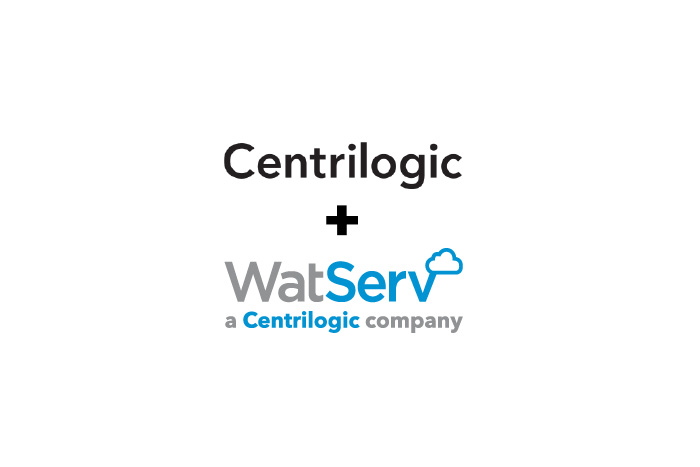Windows 365 vs Azure Virtual Desktop: What’s the Difference?
By WatServ
August 30, 2022
Both Microsoft Windows 365 and Azure Virtual Desktop (AVD) are Microsoft’s Desktop as a Service (DaaS) solutions. But each has its own unique features, which makes them uniquely suited for different use cases.
In this article, we’ll outline what the primary features of each are, and similarities and differences, so you can determine which product is best for your company.

What is Microsoft Windows 365?
Microsoft Windows 365 is a virtual desktop that functions as a Cloud PC. It’s a single-user desktop that uses Microsoft Azure for virtual desktop storage and deployment.
Fully managed by Microsoft, Windows 365 lives within Microsoft’s Azure cloud ecosystem with a fixed licensing structure per user per month. Windows 365 has two core licensing options: Enterprise and Business, along with four suboptions, basic, standard, premium and custom.
Companies pay for the licenses regardless of hours used. It’s for this reason that Windows 365 isn’t the most flexible option for growing companies.
What is Azure Virtual Desktop?
Azure is Microsoft’s public cloud platform. Originally called Windows Azure, it is a vast collection of services that are all hosted in a cloud environment, allowing customers to build, deploy and manage applications.
Azure provides solutions that include Infrastructure as a Service (IaaS), Platform as a Service (PaaS) and Software as a Service (SaaS). Azure is one of the most popular and robust public cloud platform solutions available.
Microsoft Azure can be used for analytics, storage, virtual computing, networking and many other applications, making it one of the most scalable, flexible and powerful solutions.
Windows 365 vs Azure Virtual Desktop: Similarities and Differences
One of the most important features that both Windows 365 and AVD offer is flexibility. As companies look for more autonomy to scale up or down as markets fluctuate, and remote/hybrid work becomes more complex, this ability to work within an ecosystem that can expand and contract as the business does is essential.
Regardless of which desktop service you use – Windows 365 or AVD – both require Azure subscriptions. The main difference however is that Windows 365 subscriptions reside solely in Microsoft’s Azure subscriptions and are therefore fully managed by Microsoft. Conversely, AVD is entirely customer-managed with flexible pricing.
Here’s how Windows 365 and Azure compare:
Windows 365 | Microsoft Azure | |
|---|---|---|
Pricing & Flexibility | Multiple licensing options which can be limiting to some environments.
Not as much flexibility and scalability. | Uses a pay-per-use model with discounts given for reserved instances.
Extremely flexible and scalable.
|
Cloud Storage | Fully managed storage with fixed pricing.
Lack of admin access can make it challenging to back up. | Flexibility is increased with OS Disks, FSLogix profiles and easy storage back-up. |
Cloud Networking | Windows 365 Enterprise is fully customer-managed networking with flexible routing, IPs and security.
Windows 365 Business is fully Microsoft-managed with no flexibility.
| Networking flexibility is a requirement and no Microsoft management provided. |
User Profile Management | Single-user managed desktop that runs in Microsoft’s Azure environment. | Many more options for user profile management, including single-user and multi-user AVD deployments. |
User Identity and Accessibility | With Windows 365 Business, only Active Directory Join is available.
Windows 365 Enterprise, Hybrid AD Join is required.
| AD Domain Services is required.
Both Windows AD and Azure AD DS are supported. |
Which is Best for Your Company?
It’s no surprise that Microsoft Azure is the more powerful, flexible and scalable solution. It’s suitable for multiple industries, including retail, manufacturing, higher education and construction.
Alternatively, Windows 365 is a simpler solution that can be deployed in-house rather easily. However, the features aren’t as powerful, and the licensing system is more fixed.
Determining which solution is best for your company requires you to ask your team a few questions:
- What are our long-term goals?
- What is our short-term and long-term budget?
- What scalability and flexibility do we require going forward?
- Do we have in-house IT to manage deployment or is partnering with a cloud technology service provider the ideal solution?
To learn more about AVD solutions, check out our extensive guide: What is Azure Virtual Desktop (and How Can It Benefit My Business)?
About
WatServ is an IT solutions provider that helps organizations digitally transform through cloud technologies and managed services.
Serving clients as a trusted advisor since 2006, WatServ provides experience-tested, strategic solutions across all stages of the digital transformation journey. Clients choose WatServ to migrate infrastructure and applications to the cloud, secure critical data, implement disaster recovery, deploy virtual desktop, enable data-readiness for productivity solutions and manage IT environments.
Our clients span a broad range of industries, and we’re a global supplier of IT services for many Brookfield Portfolio Companies. To help our mid-size clients, we provide scalable offerings that simplify cloud adoption and drive business optimization. For enterprise clients, we co-create cloud solutions that enable stability and efficiency for complex IT tools and processes.
With more than 15 years of experience, WatServ has a track record of delivering quantifiable business results and a superior client experience. Ranked as one of Canada’s Top 100 Solution Providers for the last three years in a row, WatServ is always on.

